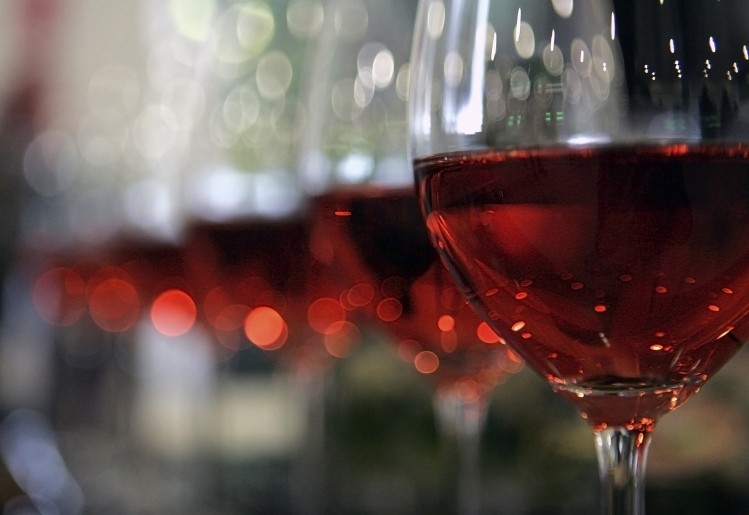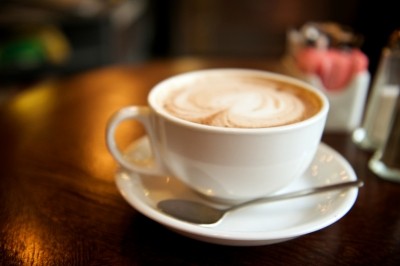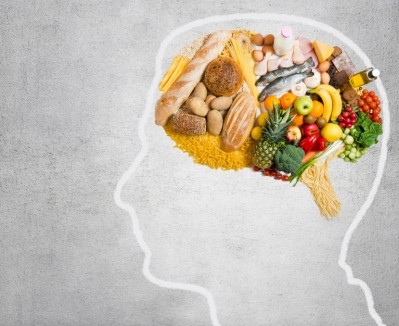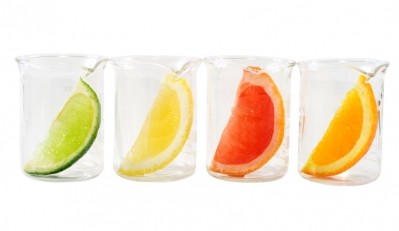‘Full bodied’ and ‘intense’ wines may lack the taste of low alcohol counterparts: Study

Higher alcohol content is commonly associated with full-bodied wine and the ABV (alcohol by volume) of products has increased in recent years. But the study published in PLOS ONE suggests this has been based on assumptions.
Researchers believe they are the first to examine brain signatures with wine components and say functional magnetic resonance imaging (fMRI) could help explain the complex and diverse chemosensory and tactile sensations associated with wine in further investigations.
Assumptions and presumptions
While wine is influenced by grapes and terroir, aromas and flavours are also determined by the producer’s style of wine making.
“To a large extent, winemakers’ decisions are often based on their beliefs regarding the gustatory preferences of consumers,” wrote Ram Frost, one of the team of researchers from Israel, Spain, Germany and the US, in the study.
“Very little systematic well-controlled experimental research, however, has been conducted to validate these underlying assumptions.”
“Higher alcohol content is commonly associated with powerful, intense, full-bodied wine (note that this approach to winemaking is not unanimously accepted, and some wine experts argue to the contrary, mainly, that high-alcohol content masks the subtle aromas and flavour of wine).”
30 years ago levels of alcohol of 12% were common: today’s bottles commonly display levels up to 15%, researchers observe.
“In the last two or three decades, there is a remarkable trend towards producing ‘powerful’ wines, having higher levels of alcohol,” said Frost.
Taste isn’t quantifiable
The study took 21 healthy participants, aged 22-42 and of both genders, who had no psychiatric, neurological, or smell, taste and digestive disorders. Participants were drinkers who generally consumed wine on a regular basis, but not more than once a week.
They took part in wine tasting sessions, using red Spanish wine (from Rioja, Navarra, and Cataluña) with alcohol contents between 13% and 15%.
Researchers used brain scans – not taste tests – for responses.
“The two chemical senses, taste and smell, are much less quantifiable than other human senses such as visual, auditory, or somatosensory perception,” said Frost.
“Participants’ overt assessments have typically a very large variance, are often unreliable, and highly influenced by expectations. We therefore chose to use functional magnetic imaging to record covert brain reactions to high and low alcohol content wines in regions of the brain critical for flavour processing and food reward, without informing the subject of any of the wine attributes.”
Researchers examined reactions from brain regions known to be critical for flavour processing and food reward.
Greater brain activation for low-alcohol wines
“Contrary to expectation, significantly greater activation was found for low alcohol than for high alcohol content wines, in the brain regions that are sensitive to taste intensity (including the insula as well as the cerebellum),” said Frost.
“Wines were closely matched for all physical attributes except for alcohol content, thus we interpret the preferential response to the low alcohol content wines as arising from top-down modulation due to the low alcohol content wines inducing greater attentional exploration of aromas and flavours.
“Our findings regarding the stronger activation in the cerebellum for low-alcohol content wine seem to support the intuition of some professional wine experts that such lower alcohol content wines have a better chance to induce greater sensitivity to the overall flavour expressed by the wine. Especially striking then is the fact that these differences were found for wine consumers that were not professional or experts.”
Source: PLOS ONE 10(3): e0119220. doi:10.1371/journal.pone.0119220
‘What can the brain teach us about winemaking? An fMRI study of alcohol level preferences’
R. Frost; I. Quinones; M. Veldhuizen; J. Alava; D. Small; M. Carreiras.









